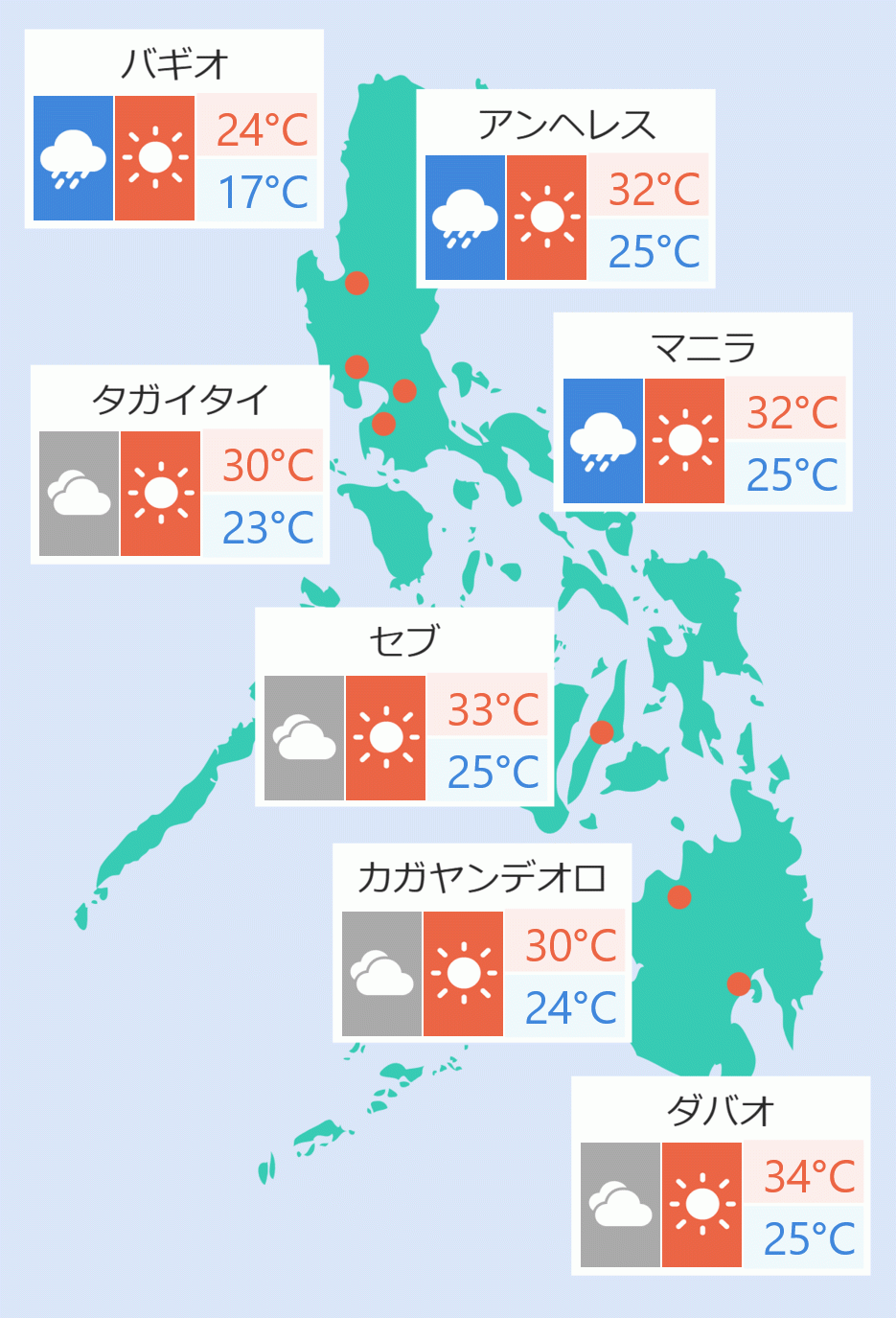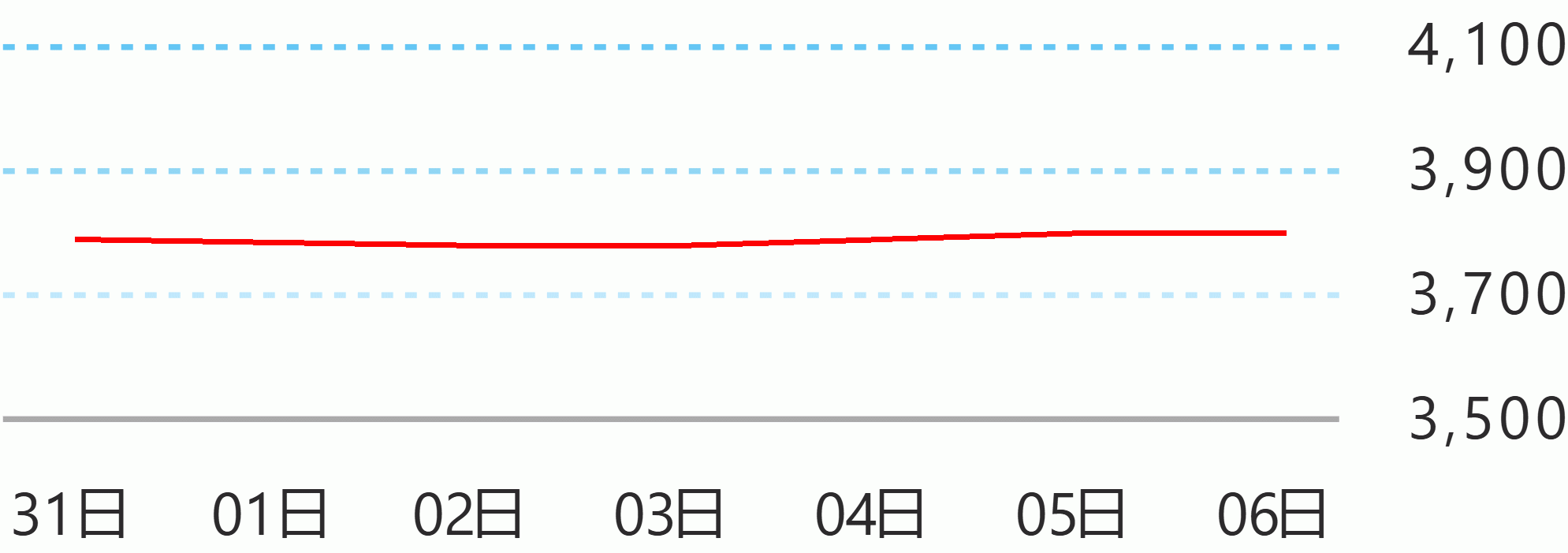The Department of Health (DOH) is intensifying its fight against tuberculosis and will introduce new strategies to fight the disease following President Ferdinand R. Marcos Jr.’s directive, Health Secretary Teodoro Herbosa said on Tuesday.
“One of the directives of the President to me when he appointed me last month actually was to address the problem of TB,” Herbosa said during a press briefing in Malacanang.
“The Philippines continues to be one of the top countries with the high burden of tuberculosis, and we’re like number 4 rank in the world. We were already down to number 9 but we actually increased again.”
There are around one million Filipinos infected with TB, Herbosa said, which is quite a large number for the country’s population.
Herbosa said there was an increase in TB cases at the height of the COVID-19 pandemic probably because people remove their masks at home although there were strong protocols for outdoor masking.
The DOH’s case finding has increased, which is normal, Herbosa said, adding that they expect to find new cases, and that they will continue treating infected people.
According to the DOH chief, one of their new anti-TB thrusts for the next three months is shortening the treatment to just four months instead of six to nine months to encourage patients not to abandon therapy.
“So it’s shortened for the regular TB, and then six months for those that are multiple drug-resistant. We’ve also started to implement other things like artificial intelligence [AI] diagnosis with radiology, through the X-ray, the computer already diagnoses the presence or absence of TB,” Herbosa explained.
“So we’re improving our case detection and we are also improving our delivery.”
The DOH will also try to implement a video-assisted directly observed therapy short course (DOTS) so there’s no need for the patients to go to the health center every day for months, removing the falling out problem in the program, he noted.
People stop seeking treatment under the TB program when they feel good and don’t have any symptoms, he said.
“So it’s about literacy, health literacy and the social stigma that you’re going to the TB center, then people feel, ‘may TB iyan, pumupunta sa TB-DOTS clinic iyan.’”
“So these are the things we’re trying to correct. Maybe if we are able to correct this, we will really decrease and treat our TB cases in the Philippines.”
The health secretary also assured the public that there is enough supply of TB medicines and the Department is addressing delay in deliveries because of some logistical glitches. Presidential News Desk





 English
English









